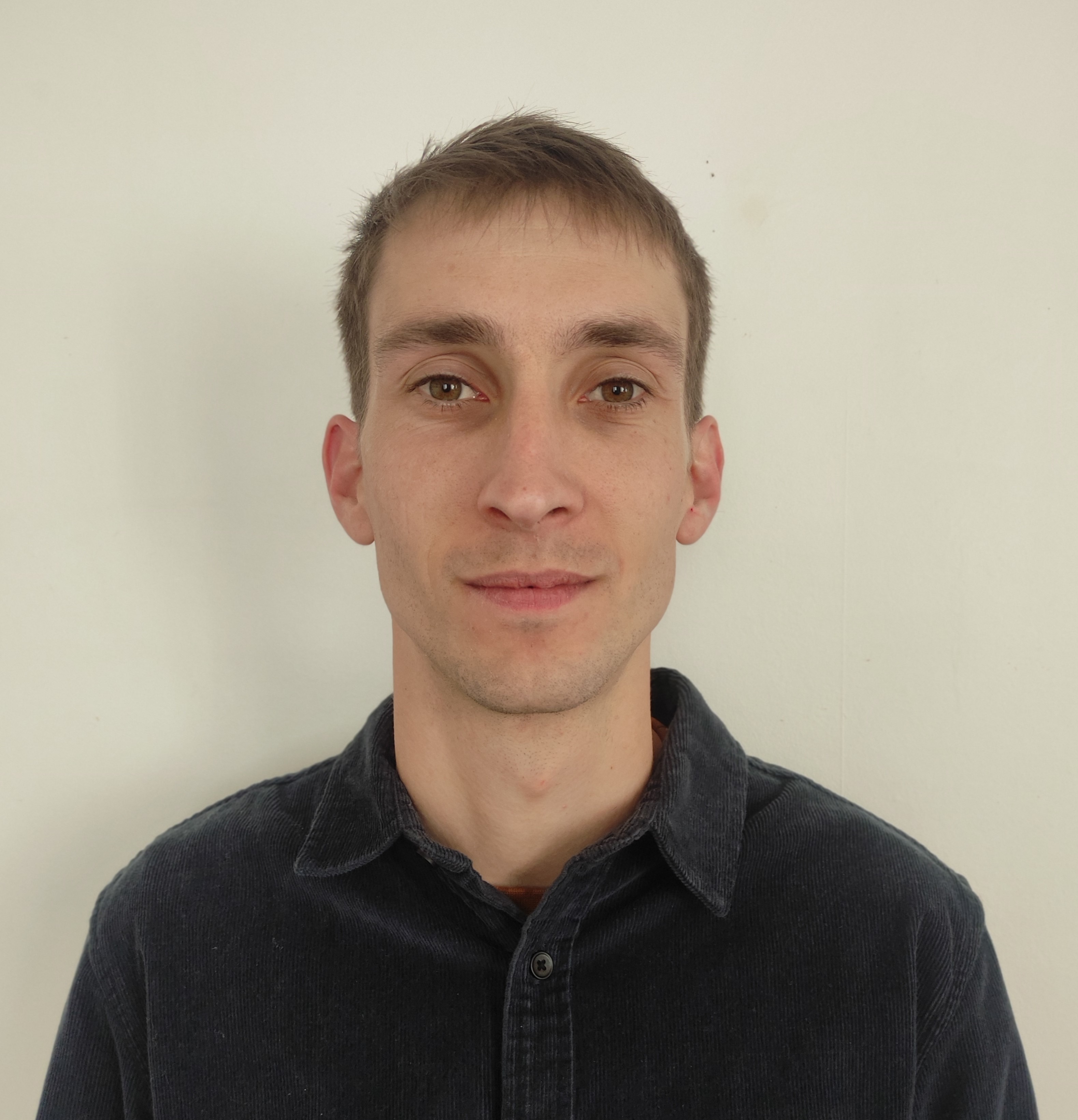Digital Twins in Healthcare
The concept of the Digital Twin (DT) was introduced by the NASA in the 1960s during the Apollo missions, using simulators and digital models to analyze and prevent spacecraft failures. In 2002, Michael Grieves formalized the idea as mirrored spaces modeling, laying the groundwork for modern DTs. The NASA popularized the term in 2010, linking it to cyber-physical systems. With the rise of IoT, AI, and big data, DTs were adpted in the industry first, especially for factory monitoring. According to ISO 23247 (2021), a DT is a dynamic virtual representation of a physical system, updated in real time via data flows. Key components include sensors, realtime communication, digital records, data architecture, and human-machine interfaces.In the healthcare sector, a digital twin refers to virtual replicas of a biological system, a medical process, or a piece of equipment. It enables the monitoring of health evolution, the simulation of treatments, and the optimization of care. Thanks to this technology, healthcare professionals can better understand and anticipate patient needs, improve the management of medical infrastructure, and provide more precise and effective care. In this lecture, I propose a formal definition of a digital twin and several case studies related to healthcare. A practical serious game illustrating the application of DT in a hospital is also presented.
Lecture at NEMO2025
Date/Time: Thursday, July 17, 2025 at 08:30


